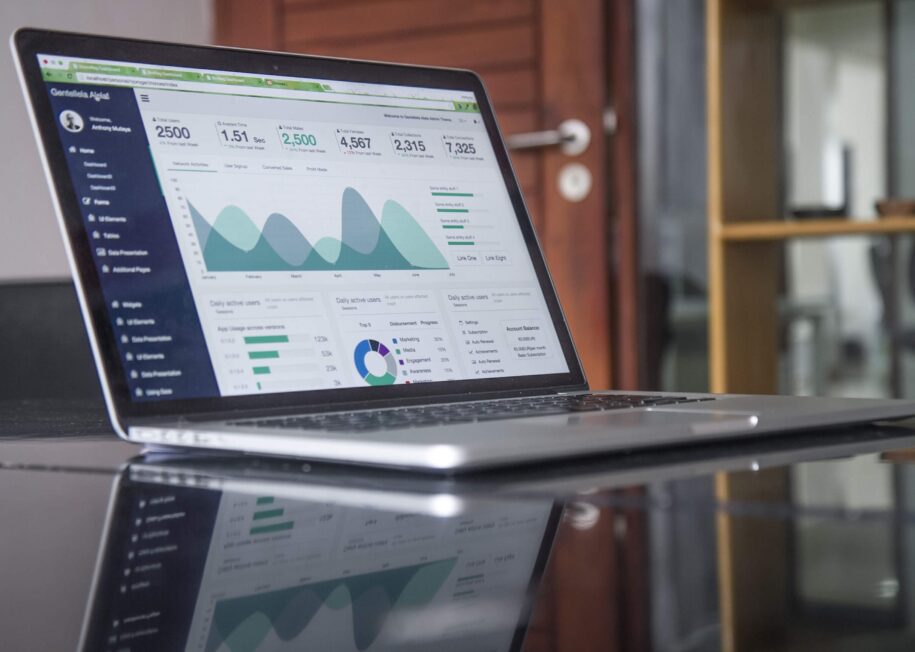I recently had the pleasure of attending the SaaStr Europa conference, and one of the popular themes amongst the scheduled talks was the of Product-Led Growth, or PLG for short.
But, what exactly is product-led growth?
One thing that was clear from the conference is that there was no general consensus on exactly what it meant and how it should be approached.
Product-led growth is part of something that has often been referred to as the consumerisation of B2B SaaS.
This describes a shift in both the user experience and the buying behaviours of modern B2B SaaS platforms.
Gone are the days where legacy B2B systems with poor UX are acceptable and driven from top-down purchasing decisions.
Consumers within a business now demand a high quality user experience, and are driving bottom-up purchasing decisions in the platforms that individuals and teams within a business decide to adopt.
Companies like Google and Apple have put top quality UX in people’s pockets, and when choosing SaaS products to use at work, they expect a similar quality experience, not an outdated legacy system that is hard to use and extract value from.
Because of this change in expectations and decision making, it is vital to reduce as much friction as possible to get your product in front of your users and to enable them to extract value from it as soon as possible.
What may have previously been seen as a ‘freemium’ business model now plays a much more important role in driving adoption and growth.
Product-led growth encapsulates all of the necessary elements to ensure that your product is reaching the right audience and that their buying and decision making process, and the value they extract from the product is as streamlined as possible.
Looking a DropBox as a great example of product-led growth working well, over 90% of the companies revenue is derived from self-serve channels and users upgrading from a free to a paid subscription.
The right product-led growth strategy also makes it easy for consumers to share their success and experience with the product with their peers, driving further growth.
Of course, the key to this is that the product does deliver a high quality experience and solve a genuine problem for your consumers.
There are four key elements to a successful product-led growth strategy that go beyond simple freemium and pricing decisions:
Problem
It should go without saying, but your SaaS platform must solve a genuine problem for your audience.
This requires knowing your audience really really well and ensuring that it’s more than a ‘nice to have’ product and that you are truly problem-driven vs solution-driven in your approach to product development and marketing.
Personalisation
Within your target audience, you will most likely have different personas and can segment your audience a number of different ways.
The most successful PLG companies ensure that they understand and capture this information in order to tailor the experience to the new user and configure and present the experience in a way that is best suited to what the new user is trying to achieve with the platform.
Onboarding
SaaS companies can lose up to 75% of new users in the first week, so it’s vital that the onboarding experience delivers value.
Part of this relates to clarity of problem and audience.
You need to make sure that you are attracting the right type of users to your platform, the ones that truly resonate with the problem you are trying to solve and your perspective.
Assuming that you are attracting the right people to your platform, you need to really focus on reducing any points of friction in their onboarding experience and making it as easy as possible for them to extract value early without the need for your involvement.
This may take a lot of experimentation, certainly a lot of user research, talking to people that have been through your onboarding process to find out where there are strengths as well as weaknesses that you can improve upon.
The right onboarding experience should improve your conversion rate to paid plans as well as drive growth through referral and recommendation.
Engagement & Experience
Just because you get the onboarding experience right doesn’t mean that you are done in terms of driving engagement and providing a high quality experience.
Keep users engaged with your platform over time and reminded of the value delivered will ensure that users remain loyal to the platform, don’t churn and are more likely to upgrade or purchase add-ons.
A user or company going quiet might seem nice from a customer support perspective, but it doesn’t bode well in terms of growth.
When looking at experience as well as upgrade paths, it’s important that you remain problem-oriented, and align your success with the success of the end user.
Summary
To summarise the key takeaways for implementing or improving a PLG strategy, the key thing is to optimise the experience for your end user, ensuring you have a clearly defined end user and ensuring they can get value from the platform as quickly as possible with as little friction as possible.
If you continue to optimise for end user experience and engagement you can drive that bottom-up adoption and growth that many SaaS businesses are striving to achieve.

